One of the books you can find in every Iranian house is the poem book of “Divan-e Hafez”. The great Iranian poet and mystic can touch your soul and get into your heart only by reading a couple of verses. You can see all kinds of figures of speech in his elegant poems. His poetic talk can make you fall in love, be positive, have hope, recover after a heartbreaking situation, and most of all, live the moment. He lived centuries ago but still exerts a powerful influence today.
Life of Hafez
The life of the great Shirazi poet, Hafez is shrouded in mystery despite his profound popularity and influence on Iranian literature and culture. There are different ideas and comments about the early life of this great Shirazi poet and there is not a single source to rely on. This amazing poet lived in the 8th century, one of the most chaotic times in history. He knew all the science, religion, language, and literature of his time, he played a musical instrument, and most important of all, Hafez was a socialist and critic. That is why he mostly cared about society more than his poems.
Titles of Hafez
In Iranian language and culture, a person who has memorized the Quran successfully is called “Hafez”. And our beloved Hafez was one of the memorizers and used it as his pen name. He is also entitled “Lisan Ul-Qeyb”, which literally means “the language of unseen”. Since people believed he is talking with God and these are the words of “unseen”.
Inspiration of Hafez
Hafez is said to have been influenced by many different authors before him like every other creative person. However, he was unique in the sense that they all got their inspiration from reading other books or poems rather than creating one’s own. Many critics symbolize Hafez as a bee that flies over different flowers to make the most delicious honey. That is truly what he is. This wondrous poet is the honey of the Iranian literature and when someone reads Hafez, that person had read one era of Iran’s literature.
As mentioned above, he was influenced by the best writers of his time especially Omar Khayyam, who is also one of the most significant Iranian figures in mathematics, astronomy, and poetry. You can also read Khayyam verses in English and enjoy what he has to say about love and life.
Style and Talent of Lisan Ul-Qeyb
Hafez’s poetry is a treasure trove of rich imagery, symbolism, and ambiguity. He uses these tools to help convey your emotions in the best way possible-with depth, complexity, layers upon layers that can be discovered by each reader for themselves.
Hafez’s primary style of writing was mystical poetry known as “Ghazal”. The “Ghazal” is a form of Arabic poetry that originates back in the 7th century. This beautiful divine style of poetry can similarly be understood as an expression of the pain of separation and the beauty of love despite all the pain and sorrow it may bring.
Hafez’s ghazals are often emotional and reveal the poet’s searching soul. What is so amazing about his poems is that Hafez used Ghazal, since it is mostly used for love poems, to express his deep love for God, not another human being. In addition, he used it in a way to force the reader to think about it not just read and pass.
Hafez is the master of using ambiguity in his poems. Ambiguity means using a phrase or a word that has two or more meanings. Hafez delicately uses this art of literature all over his poems that is the main reason that his poems cannot be read easily and if you read them, you have to think about each word and its meaning. Reading Hafez and understanding what he actually means is not an easy job. The person who enjoys reading Hafez must have a treasury of deep and rich literature and vocabulary.
Another point that distinguishes Hafez from other poets is that love is not the only thing you read about. You can also find history in his poems. He mentions the attack of Timur, the problems of Shiraz at the time, and he even mentions the names of some of the governors and politicians; some as praise of their bravery and some as a critic. One of the things he criticizes in his poems is Sufis and Hermits. He believed that some people tried to fool people with the name of religion and God. He mainly targets the dishonesty and hypocrisy of these groups.
Thoughts of Hafez
Every soul believes that Hafez was a real mystic but the truth is he wasn’t. Mystic is said to be someone who goes through spiritual progress and all that person cares and thinks about is God. Hafez was a mystic but he didn’t go all the spiritual progress like Rumi to be called a true mystic man. Hafez sought out the perfect human being and made them into characters in his poetry to illustrate how he saw life.
He calls this character “Rend”. Rend is a free human which has high beliefs which are out of the rules of society but without any dishonesty. Hafez is the Rend in real life because this is exactly how he wanted to be. And how Hafez saw life? Well, he saw life as an endless journey towards spiritual growth.
Hafez believes that love is the path to reach God. He believed that love was what created this world in the first place and it is the answer to everything. Love has no limit of power in Hafez’s poems, it is eternal and lasts forever as the main goal of people throughout their lifetime until the moment of death. Hafez believes in love as the cause for everything.
Hafez also teaches us many moral principles such as patience, faith in God, seeking happiness, the praise of time, and especially, living in the moment. He mentions many times in his poems that life is short and reminds us that we don’t have that much time so we should enjoy this moment while it lasts, because there may be no tomorrow. In his own words:
“We have not come into this exquisite world
to hold ourselves hostage from love
We have not come here to take prisoners,
but to surrender ever more deeply to freedom and joy”
Influence of Hafez in Iranian’s Lives
You can see Hafez’s influence on Iranian’s life. People use his poems in Persian traditional music, visual art, and Persian calligraphy. He was the influence of post-14th-century Persian writing. He is very popular among all the Iranians and literature followers all around the world. Johann Wolfgang von Goethe, the great German writer is one of the people who praise Hafez borderless.
Day of Hafez – Memorial Day of the Great Poet
October 12th is celebrated as Hafez Day in Iran. Many scholars, writers, and his lovers from all over the world travel to Iran and celebrate this day in his mausoleum in Shiraz. They gather to read his poems, admit how great he was in poem writing, and how he mirrored the 8th century to many generations after that.
 Divan-e Hafez
Divan-e Hafez
The book of Hafez is very precious to Iranians. Many Iranians use Divan-e Hafez for fortune-telling. Every Iranian family has it in their house, and when they get together during the Nowruz or Yalda Night, they open the Divan to a random page and read the poem on it, which they believe to be an indication of things that will happen in the future or it shows how a person feels at the moment.
Hafezieh – The Dome to Honor Hafez
Our beloved poet, Hafez was born in 1315 CE in Shiraz and died in this affectionate city in 1390 CE. After 64 years, in 1454 CE, a dome-like structure was built on his grave to honor him and his remarkable work. The cemetery is surrounded by rose gardens, water channels, and bitter orange trees. And you can see Hafez’s alabaster sarcophagus with an inscription of his poems.
The tomb of Hafez is located in the south of the Quran Gate, near his grave at Golgast-e Mosalla gardens. This is the same place he often wrote about in his verses. His tomb was first built by the order of Abul-Qasim Babur Mirza, a Timurid governor. However, this is not the whole story of this dome.
The History of Hafezieh
The 19,000 square meter gardens were not only the resting place of Hafez; it was also one of the cemeteries of Shiraz. In the following 300 years throughout history, Shah Abbas of the Safavid era, Nader Shah, the founder of the Afsharid dynasty, and Karim Khan Zand made great contributional constructions in the tomb of Hafez.
When Hafezieh Became a Subject of Controversy
After many years, in 1878, one of the governors of Shiraz built a wooden fold around the tomb of Hafez. Following this act, in 1899, Hafezieh became a subject of controversy. This disagreement started when Ardeshir, a Parsis from India who built a shrine around Hafez’s grave. A Parsis is a member of an ethnoreligious group of the Indian subcontinent whose religion is Zoroastrianism.
Fights Over the Tomb of Hafez
Ardeshir had permission to build a shrine with the use of iron and wood. But unfortunately, a doctor of religious law objected to the fact that a Zoroastrian was building over the grave of a Muslim. Ali Akbar Fal-Asiri, who was that religious man, and his followers destroyed whatever that was built following their objection. People of Shiraz, as they do now, loved the tomb of Hafez and protested against the destruction. As a result, the government ordered the reconstruction of Hafezieh.
I wish I could say that was it, and they rebuilt the tomb of Hafez and everything ended happily ever after but it didn’t. Fal-Asiri couldn’t accept this and announced that he would destroy any building raised there, even if it were erected by the king himself! So as a result, the tomb of our beloved Hafez remained in ruins for almost two years. Finally, in 1901, Prince Malek Mansur put an iron transenna around the tomb of Hafez, transcribed with verses of Hafez.
The Architecture of the Tomb of Hafez
The present building you all get to see and enjoy was finally built in 1935, designed by the well-known French architect and archaeologist André Godard. The tomb, its gardens, and all its surroundings make up much more than a tourism site in Shiraz. It is also an important part of Iran’s history, culture, and architecture that still shines through to this day.
As mentioned before, two memorial structures were built in memory of Hafez. The open pavilion is located in the Musalla Gardens on the north bank of the Rudkhaneye Khoshk river, the resting house of Hafez. When you walk into the Tomb of Hafez from its north side, your senses are overwhelmed with admiration. The four central columns and two rooms built at either side, east and west, create a formidable building.
Different Parts of Hafezieh
The building split the gardens into two parts. One part is the orange grove in the front, and the other is the cemetery in the back. The actual tomb was outside of the structure, in the middle of the cemetery, with a marble slab placed over the grave. The marble was engraved by a calligrapher with excerpts from Hafez’s poetry.
The internal part of the new tomb is established on eight pillars, and it is beautifully covered by colorful tiles. It consists of four central pillars with open sides and ends at the east side or west end. In addition, on several facades and columns you can see engraved ghazals and other excerpts from Hafez’s poetry.
His tomb is always crowded with devotees who visit this site. The atmosphere is festive with visitors singing and reciting their favorite Hafez poems. All the tourists who come to Shiraz and visit the tomb of Hafez can enjot the amazing Persian garden, the river, and of course, the restfulness and serenity of the atmosphere and the vibe.
Reading Hafez
Unfortunately, there are some words and feelings in his poems that cannot be translated into any other language than Farsi. The figures of speech in Hafez’s poems have the same story too, that is how unique his work is. As a scholar says, “Hafez lauded the joys of love and wine but also targeted religious hypocrisy”. He amazes everyone with his poems both literally and mystically. Read his poems to your lover, read them to yourself, and just dive into the world of beauties and meaning out of this mortal world.
His presence continues to inspire people because they know what this place means – both aesthetically and emotionally. It’s said there are more than 500 poems attributed solely or primarily written by Hafez. Hope you can find some of the best ones and feel connected with Hafez and enjoy reading each word.
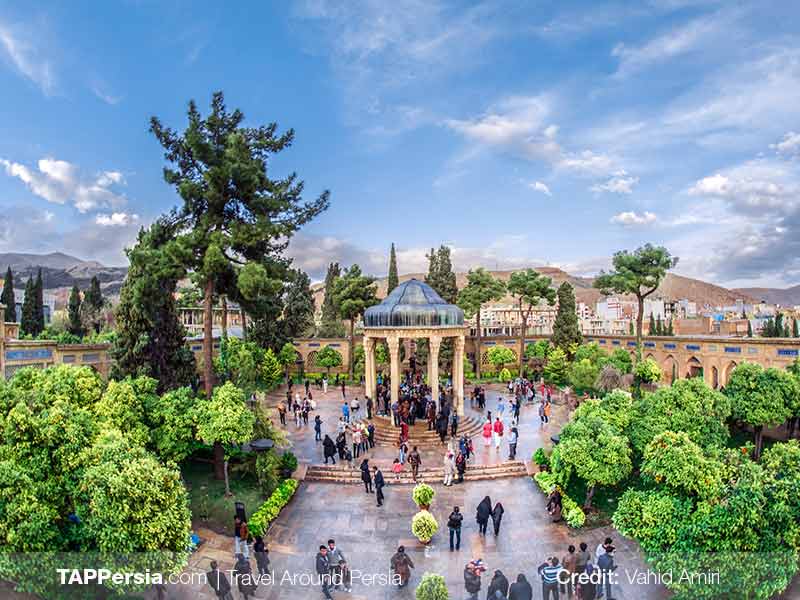 “I caught the happy virus last night
“I caught the happy virus last night
When I was out singing beneath the stars
It is remarkably contagious
So, kiss me.”

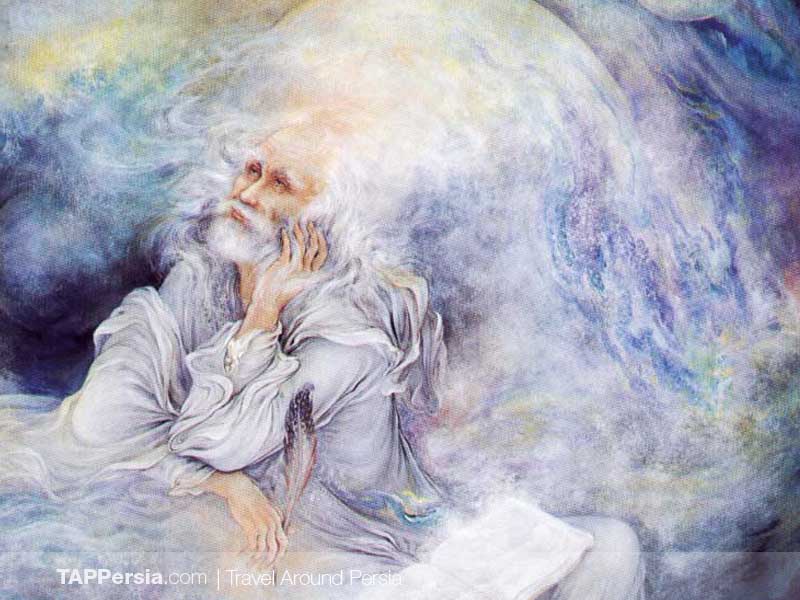
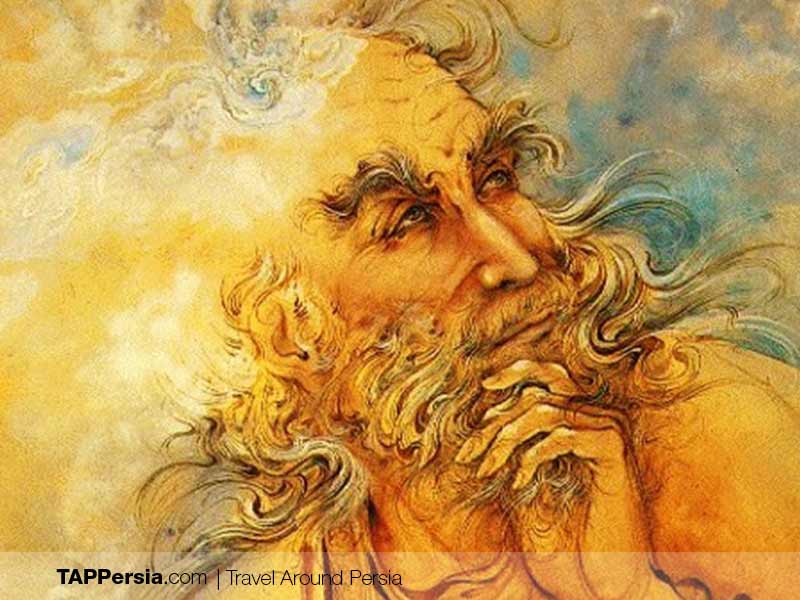
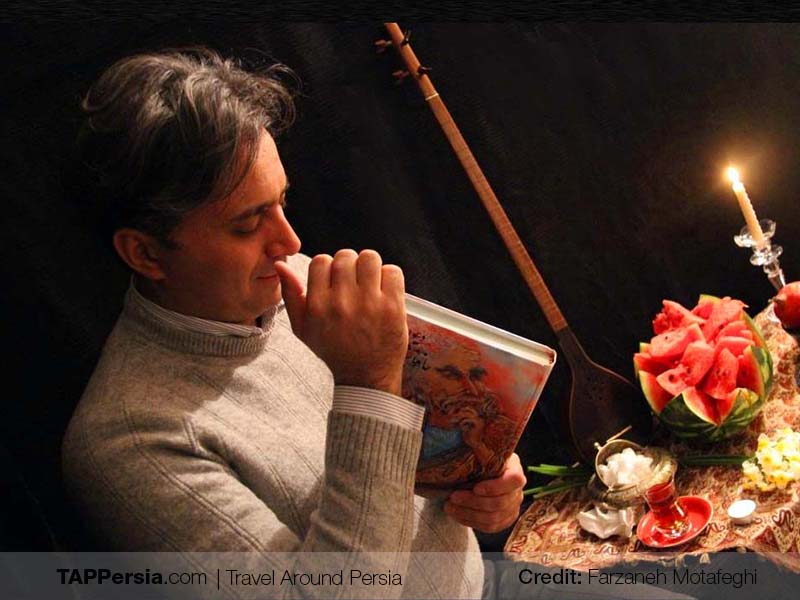
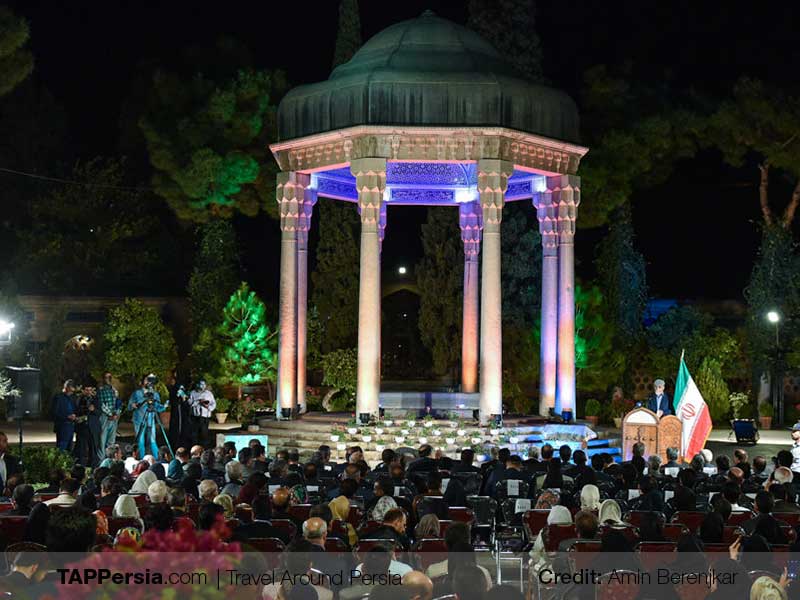
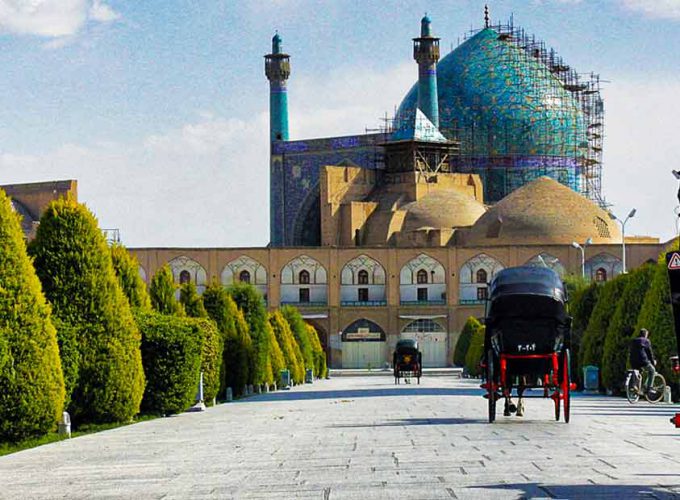
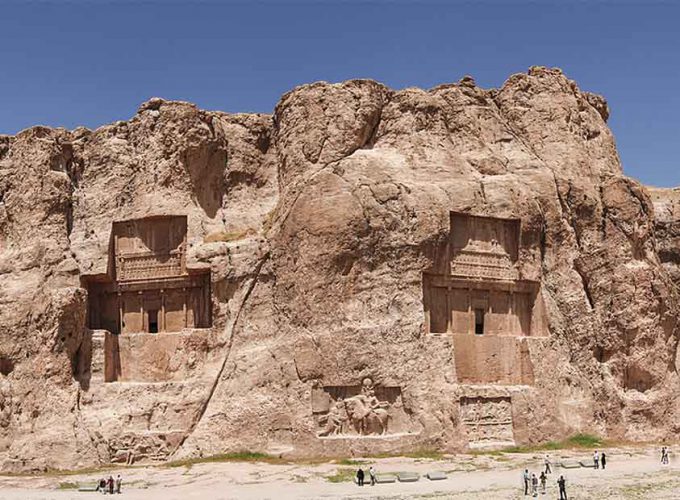
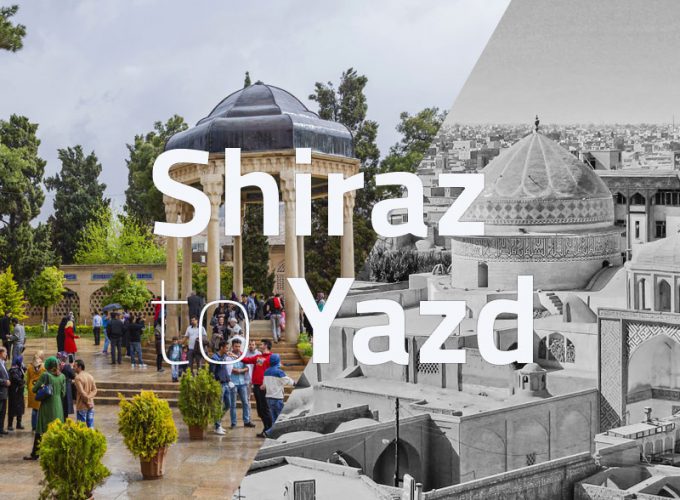
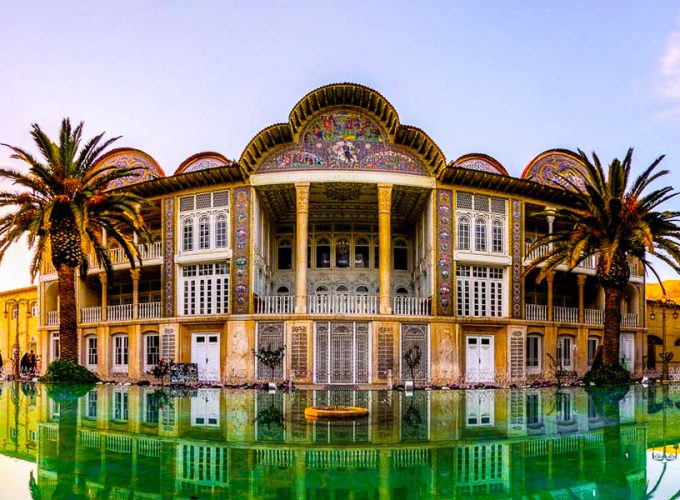
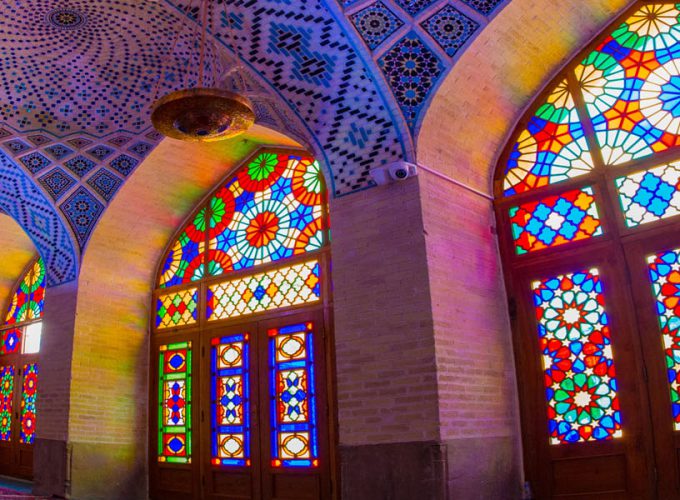



Comment (0)